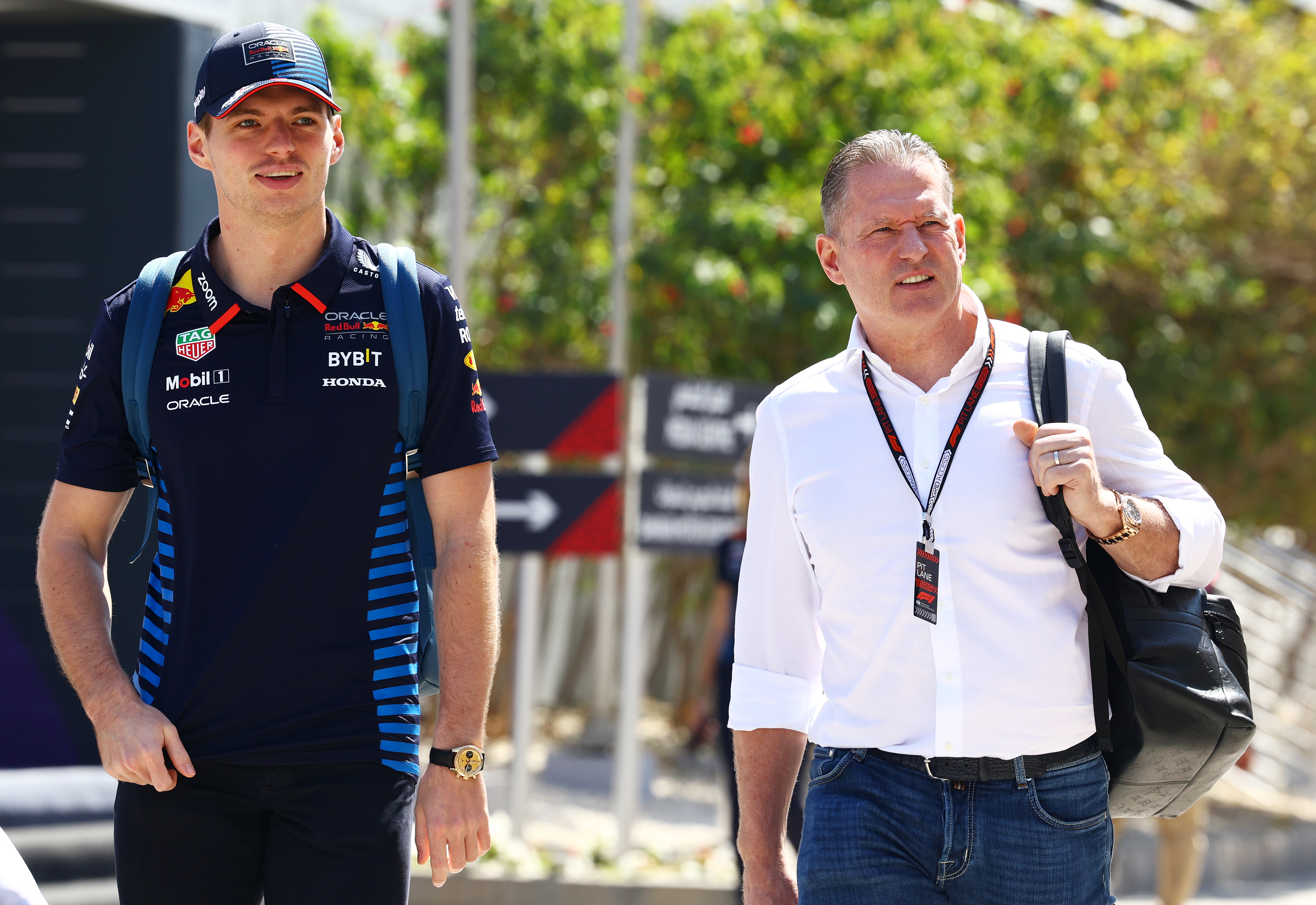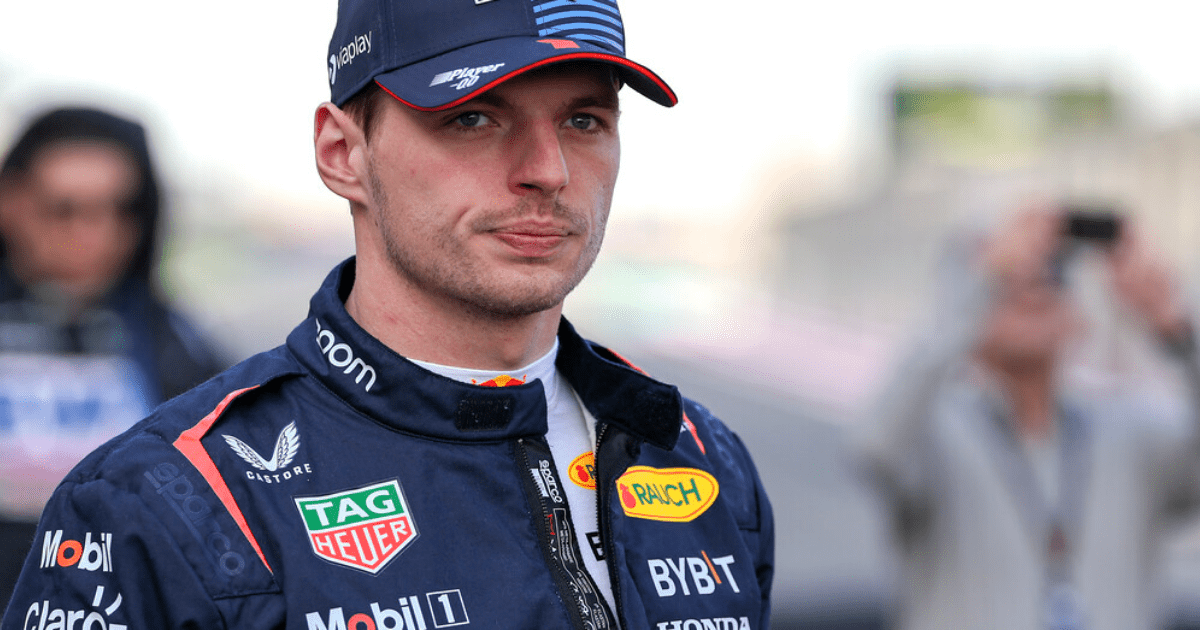Explosive Team Drama
Max Verstappen finds himself at the center of a toxic row between his father, Jos Verstappen, and Red Bull Racing Team Principal Christian Horner. The explosive situation threatens to tear Red Bull apart as tensions escalate.
Mercedes as a Potential Escape Route
With paddock sources hinting at Jos Verstappen's friendship with Mercedes boss Toto Wolff, there are speculations that Max Verstappen could potentially make a switch to Mercedes to fill Lewis Hamilton's seat.
Allegations and Drama Unfold
Jos Verstappen's recent comments about Horner have raised eyebrows, with allegations and leaked messages adding fuel to the fire. The situation is complex and could have far-reaching consequences for Max Verstappen's career.
Uncertain Future for Max
As the drama unfolds, Max Verstappen faces a tough decision between loyalty to his father and his current team. The outcome of this saga could potentially lead to an early exit from Red Bull Racing.

Potential Shift to Mercedes
Amid rumors of a meeting between Jos Verstappen and Toto Wolff, the possibility of Max Verstappen driving for Mercedes in the future is gaining traction. The 2026 season could see significant changes in the F1 landscape.
Frequently Asked Questions
How are F1 cockpits designed to enhance driver safety and comfort?
F1 cockpits have been designed with safety and comfort in mind. Safety is increased by using carbon-fiber composites for survival cells and padding. Seats are custom-molded to each driver’s body, ensuring a secure and comfortable fit. The cockpit dimensions are designed to allow for easy driver extraction. All controls must be within reach of the driver without having to remove their hands from the wheel.
How do F1 teams simulate the performance of their cars before races?
F1 teams use a range of simulation tools to predict car performance before hitting the track. These include Computational Fluid Dynamics (CFD) for aerodynamic analysis, chassis and suspension modeling, and full-scale wind tunnel testing. Additionally, teams employ driver-in-the-loop simulators, which allow drivers to experience virtual circuits and provide feedback on car handling. These simulations can help teams improve setups, strategies and tactics in preparation for races.
What is hybrid technology and its significance in Formula 1 engines
Energy Recovery System (ERS) is a hybrid system that improves performance and engine efficiency. ERS captures the energy lost in braking and heat dissipation to store it for future use. The system allows drivers to use additional power provided by a kinetic-energy recovery system (KERS) or a heat-energy recovery system.
Statistics
- Computational fluid dynamics simulations are capable of calculating around 300 million mesh points to simulate airflow around a Formula 1 car.
- Modern Formula 1 car chassis are required to withstand a frontal crash test with a peak deceleration of no more than 25 g.
- Formula 1 engines can rev up to 15,000 RPM, a decrease from the 18,000 RPM limit set prior to the 2014 regulation changes.
- The halo device introduced into Formula 1 in 2018 is designed to withstand the equivalent weight of a London double-decker bus.
- A typical Formula 1 car’s brake discs can reach temperatures of over 1,000 degrees Celsius during heavy braking.
- The energy recovery system (ERS) in modern Formula 1 cars can provide up to 161 horsepower of additional power for approximately 33 seconds per lap.
- Formula 1 tires lose weight during a race due to wear and degradation, with up to 0.5 kg shed from each tire.
- Formula 1’s research into sustainable fuel aims to create a 100% sustainable fuel for use in F1 engines by the mid-2020s.
External Links
formula1.com
sauber-group.com
f1chronicle.com
formula1.com
pirelli.com
mercedesamgf1.com
formula1.com
bbc.com
How To
How to Interpret F1 Drag Reduction System (DRS) Impact on Racing
To interpret the impact of the Drag Reduction System (DRS) on racing, evaluate its effectiveness in facilitating overtaking by reducing a car’s rear wing drag. Analyze the instances in which DRS was active and permitted during races, and monitor its performance difference. Track changes in DRS zones across different circuits, and examine statistical data on overtakes with and without DRS to understand how it affects race outcomes.

